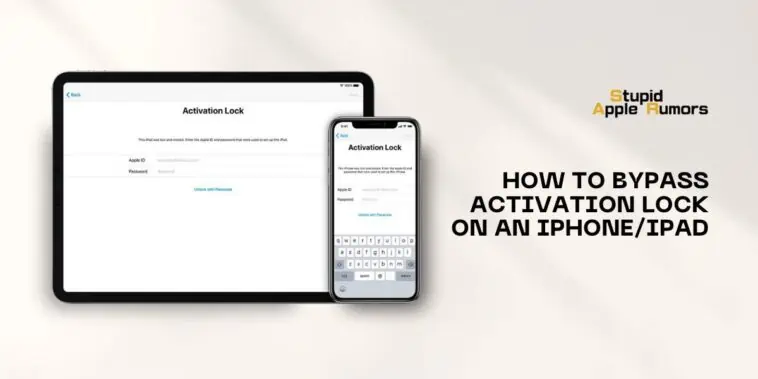Activation Lock is an essential security feature that’s built into the iOS, designed to prevent anyone from accessing an iPhone or iPad without first entering the correct Apple ID and password.
While this is a great security feature, it can sometimes become an obstacle in case you forget your Apple ID and Password.
Having dealt with this issue in the past, I will take you through how to bypass activation lock on an iPhone and iPad so you don’t have to break your head the next time you lose or forget your Apple ID and password.
The easiest way to bypass activation lock on an iPhone or iPad is by contacting Apple and providing them with your purchase invoice of the device and proof of ownership. If you don’t have these documents with you or if you’ve recently bought a second hand iPhone/iPad then you can try alternate methods such as a DNS bypass or a third-party tool such as iMyFone iBypasser to bypass the activation lock if you can’t get in touch with the original owner.
It is essential to note that bypassing Activation Lock is not legal, and you should only do it if you own the iPad and have forgotten your Apple ID and password.
5 Ways How to Bypass Activation Lock on an iPhone/iPad
Table of Contents
Method 1: Contact Apple Support
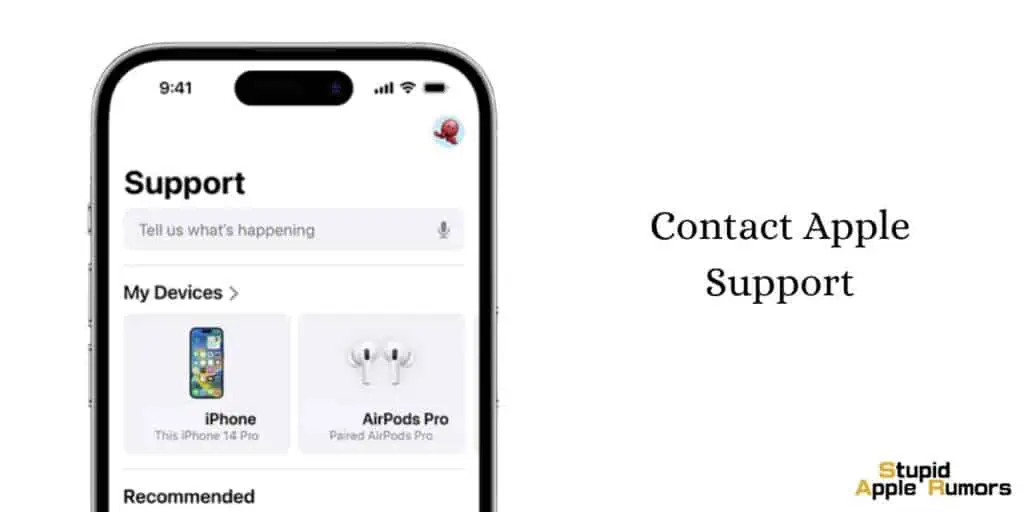
The first method you can use to bypass Activation Lock on your iPad is to contact Apple Support.
This method is only available if you have proof of purchase and can prove that you are the rightful owner of the iPad. You will need to provide Apple with your iPad’s serial number, proof of purchase, and a valid form of identification.
If Apple verifies that you are the rightful owner of the iPad, you will be able to disable Activation Lock remotely, allowing you to use your iPad again.
Method 2: Use iCloud to Bypass Activation Lock
Please note that disabling Activation Lock on an iPhone or iPad requires access to the iCloud account associated with the device. If you do not have access to the iCloud account, you will not be able to disable Activation Lock.
Here are the steps to disable Activation Lock on an iPad:
- Turn on your iPad and go to the home screen.
- Tap on “Settings” and then select “iCloud“.
- Scroll down and look for “Find My iPad”. Make sure it is turned off. If it is turned on, tap on it and enter your iCloud password to turn it off.
- Go back to the home screen and tap on “Settings” again.
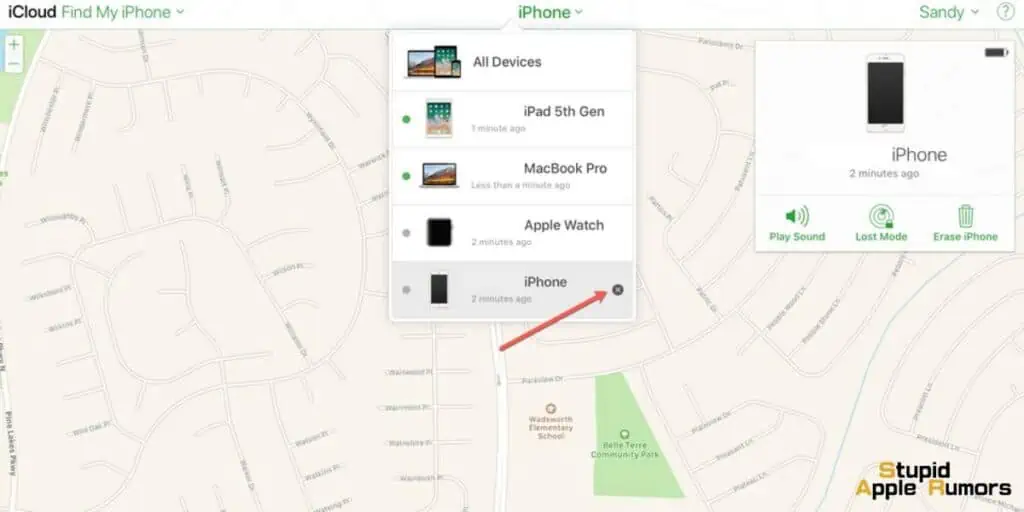
- Tap on “General” and then select “Reset“.
- Tap on “Erase All Content and Settings“. This will erase all data from the iPad, including Activation Lock.
- Enter your passcode if prompted, and then tap on “Erase iPad“.
- Wait for the iPad to erase all data and settings. This may take several minutes.
- Once the iPad is erased, it will restart and you will see the “Hello” screen. Follow the on-screen instructions to set up your iPad as new.
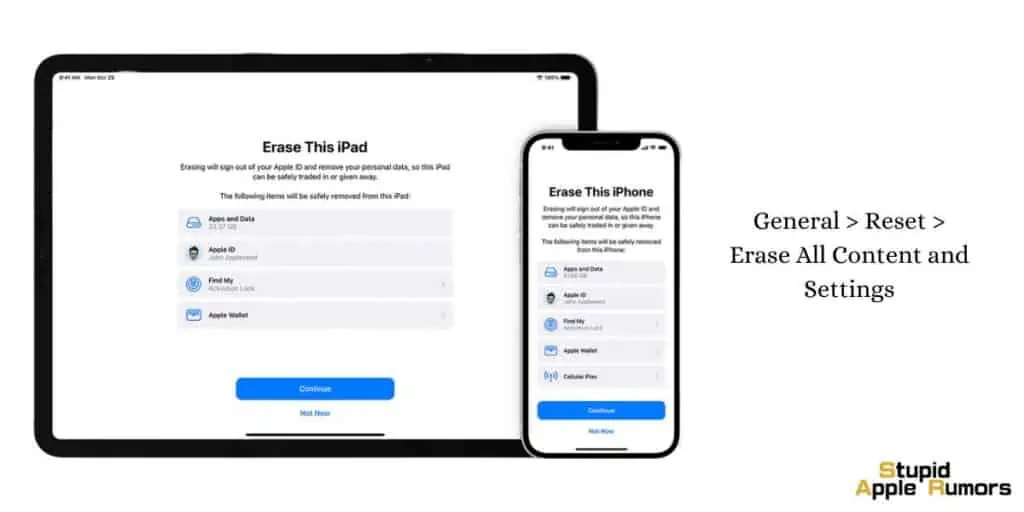
- Once you have set up your iPad, go to “Settings” and then select “iCloud” again.
- Turn on “Find My iPad” and make sure that your iCloud account is logged in.
Method 3: Use DNS Bypass
Another way to bypass Activation Lock on your iPad is to use DNS Bypass.
DNS Bypass is a method that allows you to bypass Activation Lock by changing the DNS server on your iPad.
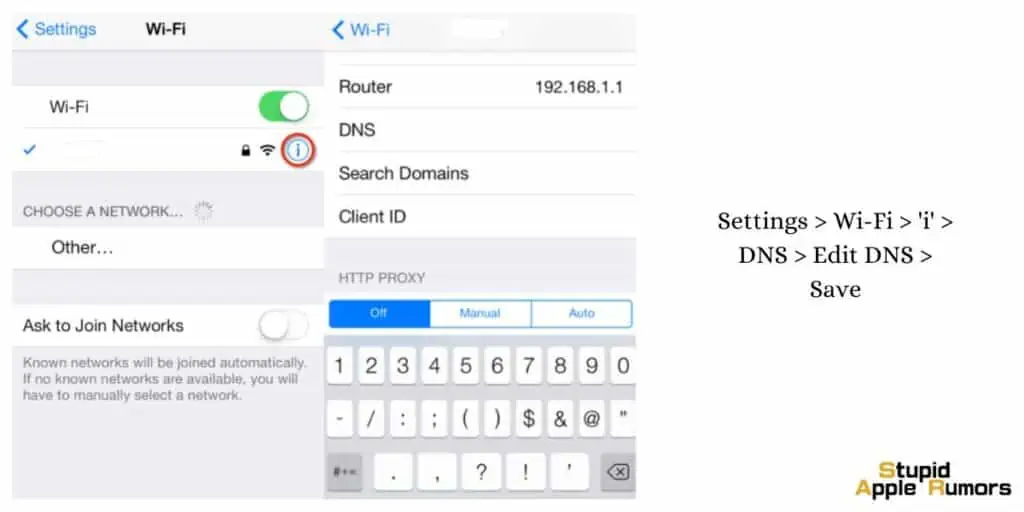
To use DNS Bypass, follow the steps below:
- Turn on your iPad and connect it to a Wi-Fi network.
- On the Wi-Fi network selection screen, tap on the “i” icon next to the network you want to connect to.
- Scroll down to the DNS section and tap on it.
- Remove the existing DNS server and replace it with one of the following DNS servers:
- USA: 104.154.51.7
- Europe: 104.155.28.90
- Asia: 104.155.220.58
- Tap on “Back” and then “Done” to save the changes.
- Click on “Activate iPad,” and you will be able to bypass Activation Lock on your iPad.
Method 4: Use a Third-Party Tool to Bypass Activation Lock
There are several third-party tools available that can bypass Activation Lock on your iPad. One of the most popular ones is the iMyFone iBypasser.
Here are the steps you should follow in order to setup and use iMyFone iBypasser:
- Download and install iMyFone iBypasser on your Mac.
- Connect your iPad to the Mac using a USB cable.
- Launch iMyFone iBypasser and click on “Start“.
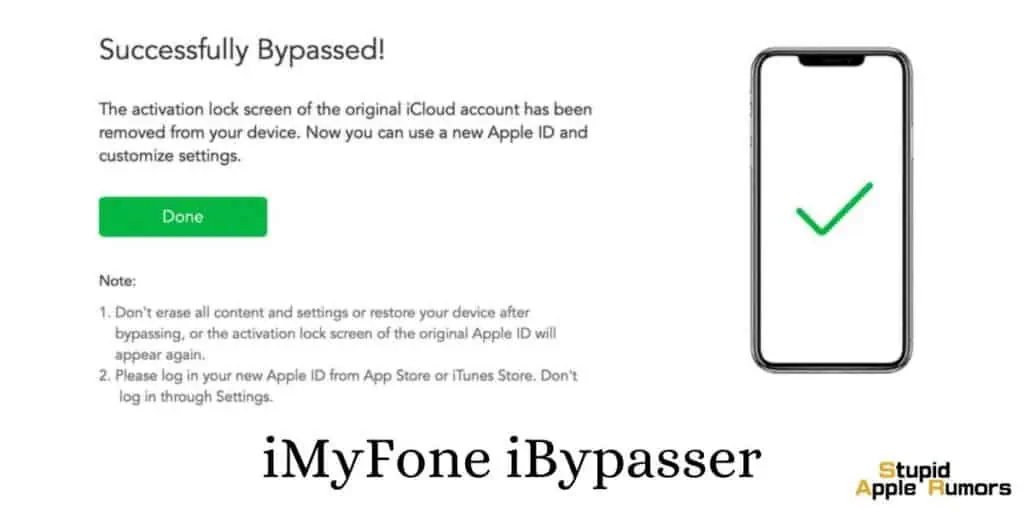
- Follow the on-screen instructions to put your iPad in DFU mode.
- iMyFone iBypasser will detect your iPad model and firmware version, and then download the relevant firmware package.
- Click on “Start to Extract” to extract the firmware package.
- Click on “Start Unlock” to bypass the Activation Lock on your iPad.
Method 5: Jailbreak your iPhone/iPad
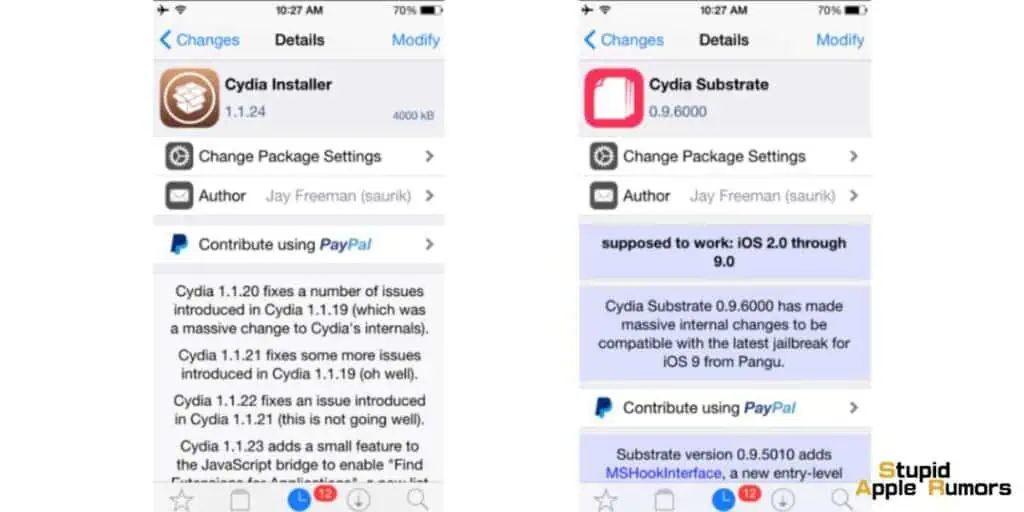
The final method is a little dicey as it involves jailbreaking your iPhone/iPad. Doing this can void your warranty and Apple will not be able to provide a return, replacement or repair the device.
If you feel that this is the best way to go, here are the steps to follow:
- Jailbreak your iPad using a tool like Cydia.
- Install a file manager app on your jailbroken iPad.
- Navigate to /var/mobile/Library/Preferences/ and delete the file named “com.apple.purplebuddy.plist”.
- Restart your iPad, and the Activation Lock should be bypassed.
What is Activation Lock?
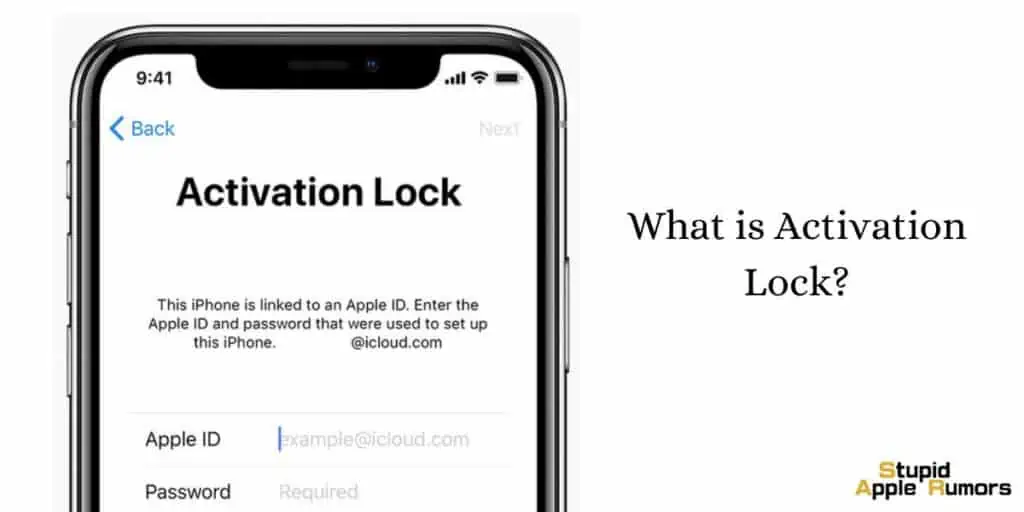
Activation Lock is a security feature developed by Apple that helps prevent unauthorized access to an iPhone or iPad in case it gets lost or stolen.
Activation Lock is enabled by default on all iOS devices running iOS 7 or later, and it cannot be turned off without entering your Apple ID and password.
This means that even if a thief manages to steal an iOS device, you will not be able to use it without the owner’s credentials.
In order to prevent Activation Lock from being bypassed, Apple has implemented a number of security measures, including requiring your Apple ID and password to be entered after a device is restored, and using a unique device identifier to ensure that only the original owner can unlock the device.
Pros and Cons of Enabling Activation Lock
Pros
- Theft Deterrent: Activation Lock makes it difficult for thieves to use a stolen iPhone or iPad as you would need the original owner’s Apple ID and password to activate the device.
- Privacy Protection: Activation Lock helps to protect your privacy by preventing unauthorized access to your personal data stored on the device.
- Remote Locking: The feature allows you to remotely lock your device if it’s lost or stolen. This means that even if someone gets hold of the device, you cannot use it without the owner’s permission.
- Ease of Use: Activation Lock is easy to activate and use. Once activated, it automatically activates itself whenever the device is erased or restarted.
Cons
- Activation Issues: Sometimes, you may face issues with activation, particularly if you forget your Apple ID or password. This could result in them being locked out of your own device.
- Reselling Difficulties: If you forget to disable Activation Lock before selling or giving away your iPhone or iPad, the new owner may have difficulty activating the device. This could cause issues with reselling or transferring ownership of the device.
- Limitations: Activation Lock is only available on iOS devices, so those with non-Apple devices cannot benefit from this feature.
- Dependence on Apple: The feature depends on Apple’s servers to function, so if the servers are down or experiencing technical issues, you may not be able to activate or use your devices.
Why would you want to bypass the Activation Lock on your iPad?
There are several reasons why you might want to bypass Activation Lock on your iPad.
The most common reason is that you have forgotten your Apple ID and password.
Another reason could be that you have purchased a used iPad, and the previous owner did not disable the Activation Lock feature before selling the device.
It is essential to note that bypassing Activation Lock is not legal, and you should only do it if you own the iPad and have forgotten your Apple ID and password.
Why is Activation Lock on an iPhone/iPad important?
Activation Lock is a security feature introduced by Apple in iOS 7 that prevents unauthorized access to an iPhone or iPad by requiring your Apple ID and password before you can activate or use the device.
Activation Lock is important because it helps protect your device and your data from theft and unauthorized use.
How do I know if my iPhone/iPad has Activation Lock enabled?
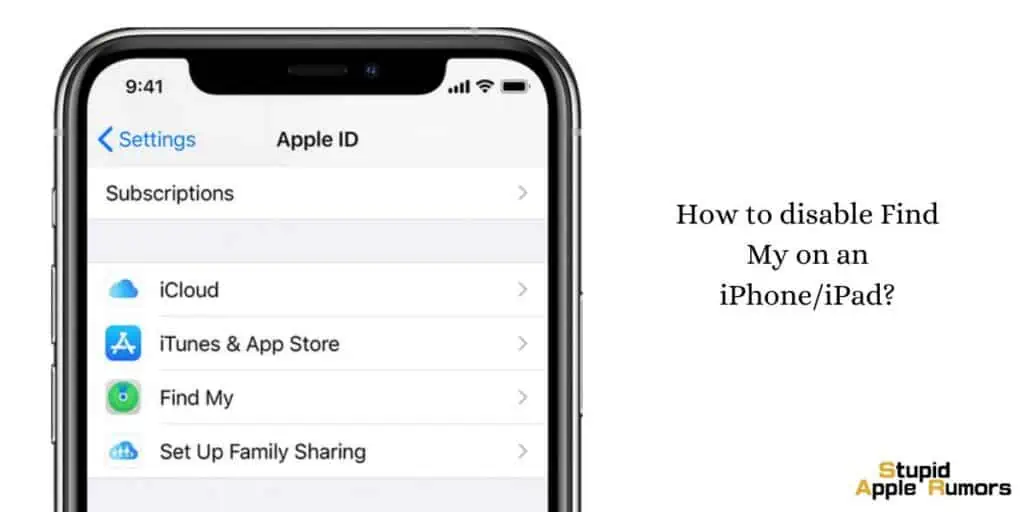
To check if your iPhone or iPad has Activation Lock enabled, go to the Settings app, then tap on your Apple ID at the top of the screen.
If Activation Lock is enabled, you will see a message that says “Find My” is turned on.
How to disable Find My on an iPhone/iPad?
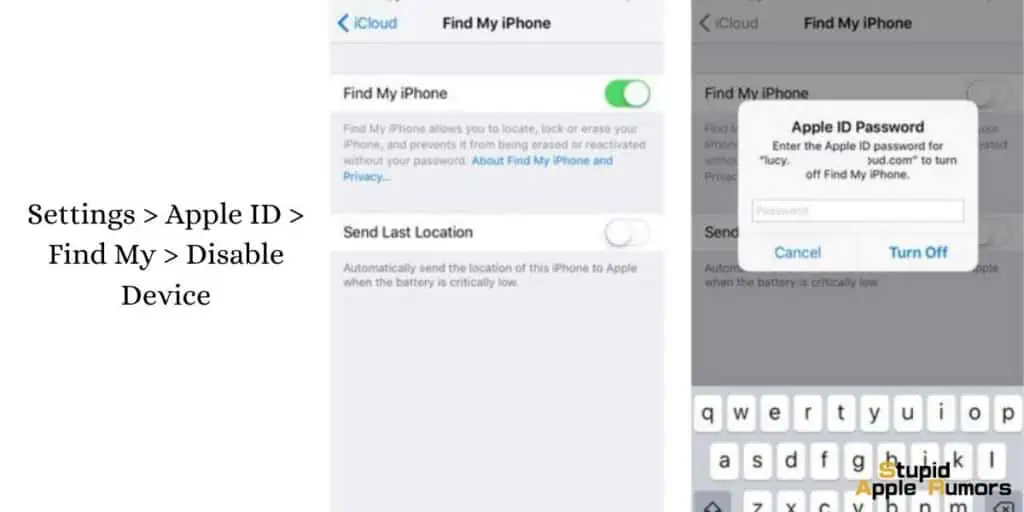
To disable Find My on an iPhone or iPad, follow these steps:
- Open the Settings app on your device.
- Tap on your Apple ID at the top of the screen.
- Scroll down and tap on “Find My”.
- Toggle off the switch next to “Find My [Device]”.
If you are asked to enter your Apple ID password, enter it and tap “Turn Off”.
Note: If you are using Family Sharing, you will need to ask the family organizer to remove your device from the family group before you can turn off Find My on the device.
How to Bypass Authentication Lock on iPhone/iPad Conclusion
Bypassing Activation Lock on an iPhone or iPad can be a daunting task for those who are not familiar with the process.
However, with the right knowledge and tools, it can be achieved successfully. It’s important to note that bypassing Activation Lock is illegal and can result in serious consequences, including prosecution.
It is always recommended to use legal and legitimate methods to access your device, such as contacting Apple support or the original owner of the device.
Additionally, taking preventative measures such as setting up a strong passcode and enabling two-factor authentication can help protect your device from unauthorized access.
While bypassing Activation Lock may seem like a quick fix, it’s important to consider the potential risks and consequences before attempting to do so.
Related:

